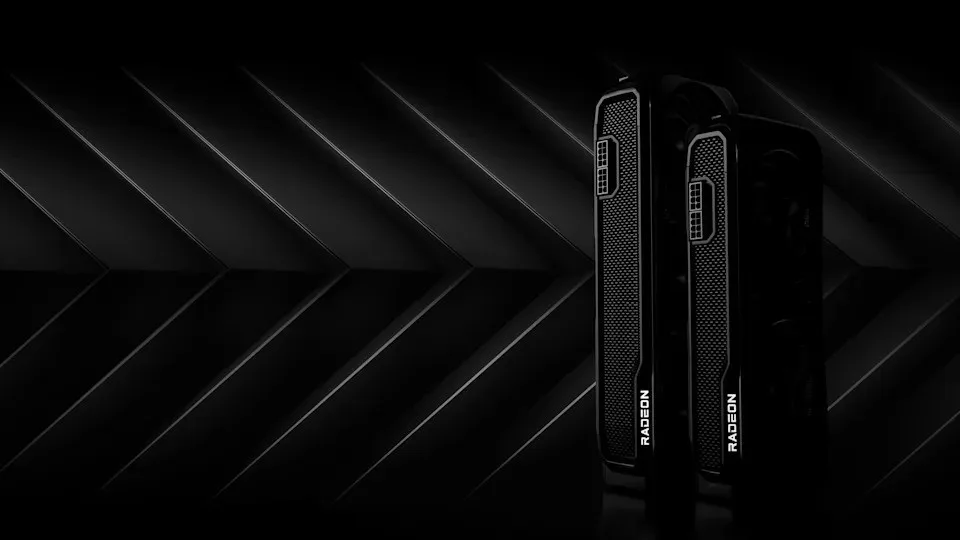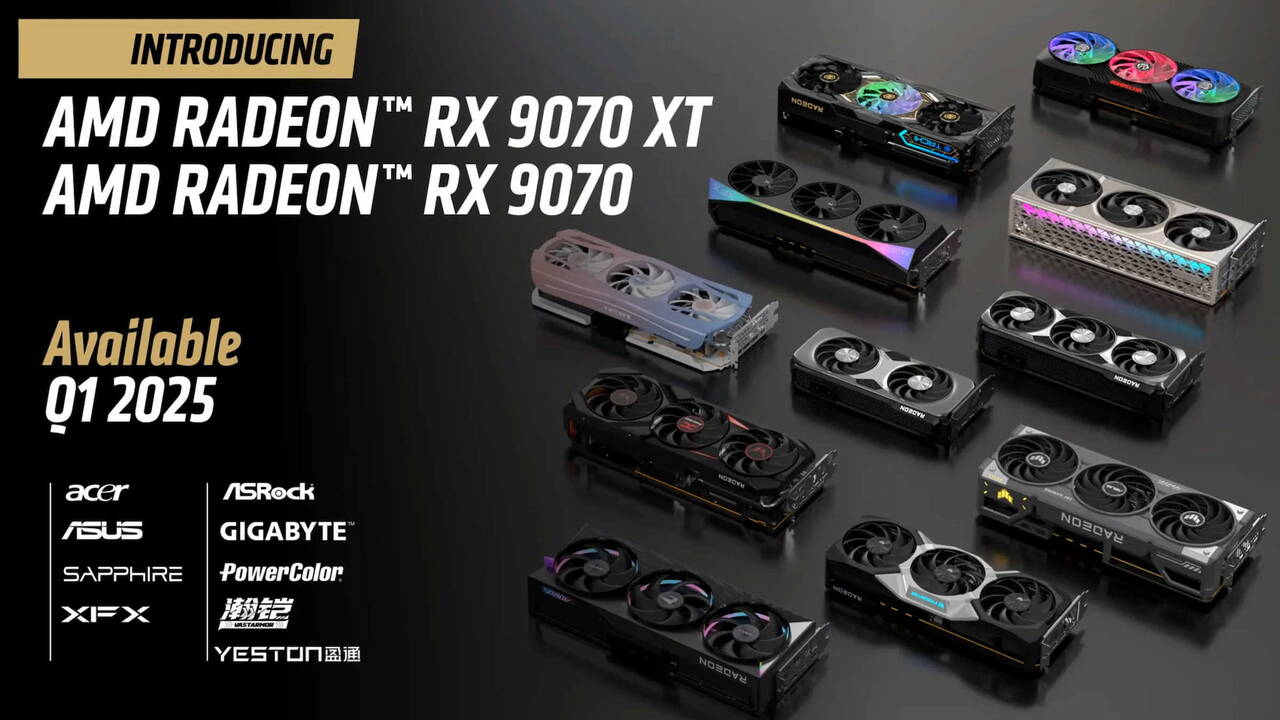
AMD Radeon RX 9070 and 9070 XT are officially (re)announced
AMD has officially unveiled its latest graphics card, the Radeon RX 9070 XT, alongside its sibling, the RX 9070. These GPUs are built on AMD’s cutting-edge RDNA 4 architecture, promising a blend of high performance,… AMD Radeon RX 9070 and 9070 XT are officially (re)announced
